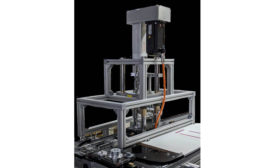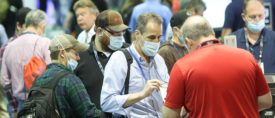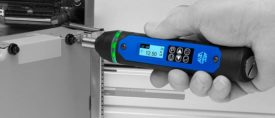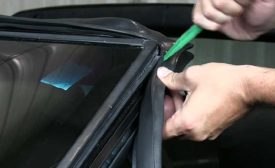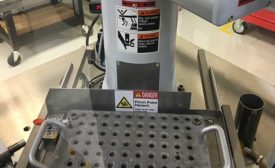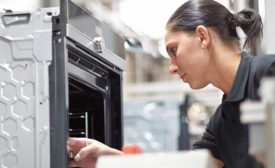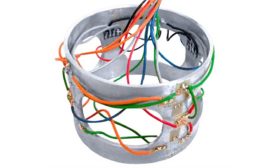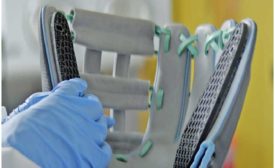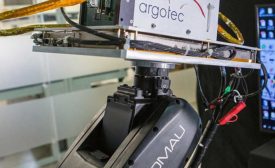Articles by Jim Camillo
What’s New From the ASSEMBLY Show
In-person trade show provides thousands of engineers with key insights into smart manufacturing, evolving technologies and state-of-the-art tools for assembly.
December 6, 2021
Error-Proof Screwdriving
Technological advances in manual and power tools make repeatable error-proof screwdriving an achievable goal for manufacturers.
November 8, 2021
Never miss the latest news and trends driving the manufacturing industry
Stay in the know on the latest assembly trends.
JOIN TODAY!Copyright ©2025. All Rights Reserved BNP Media.
Design, CMS, Hosting & Web Development :: ePublishing
